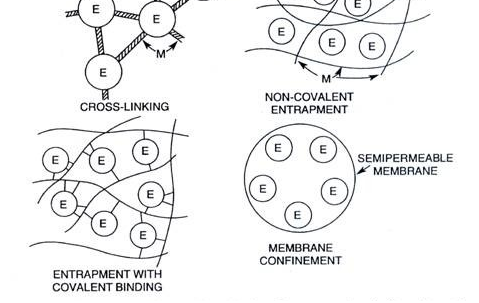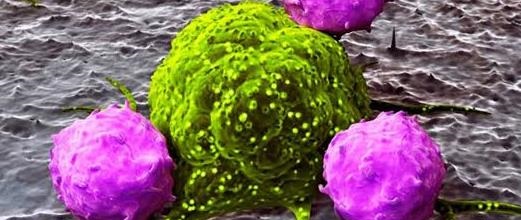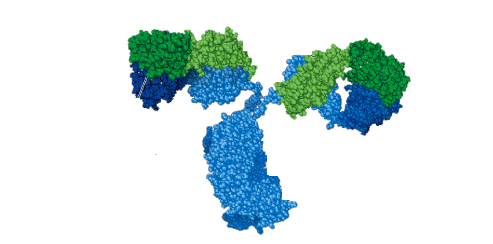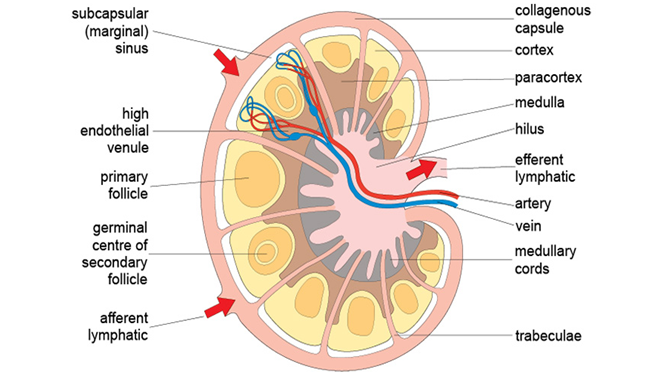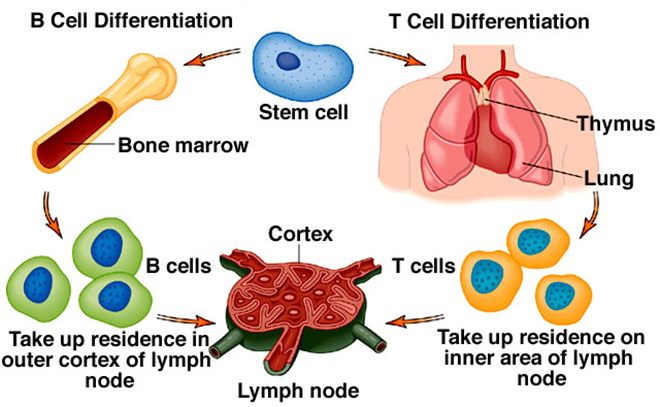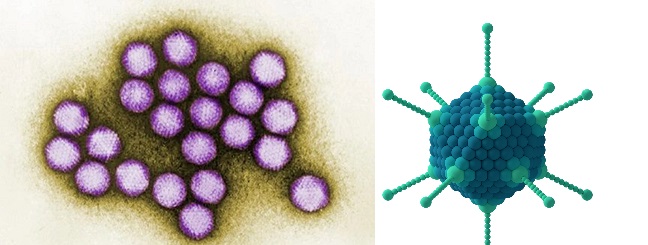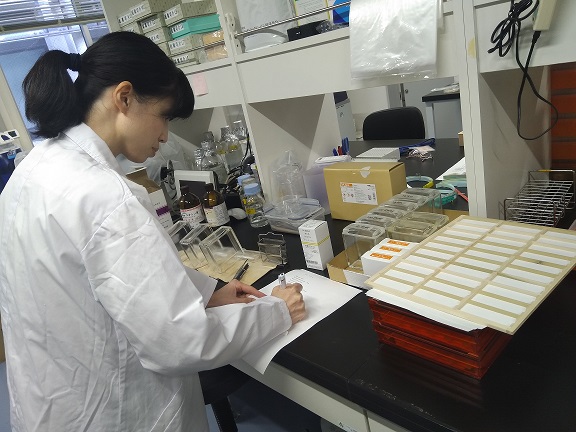CELL IMMOBILIZATION
Cell immobilizationis the process of fixing the cells of living organisms including plants, animals, enzymes and microbial cells in a suitable matrix capable of holding them in place. The term “immobilization” is generally used to describe the technique of attaching cells to surfaces either by entrapment or by particle attachment. And the cell immobilization […]
CELL IMMOBILIZATION Read More »
Biotechnology
